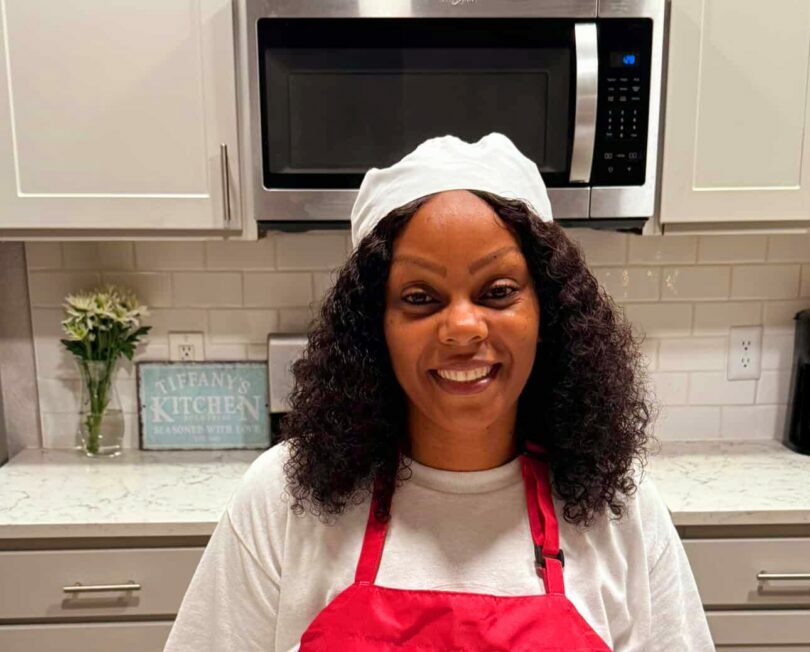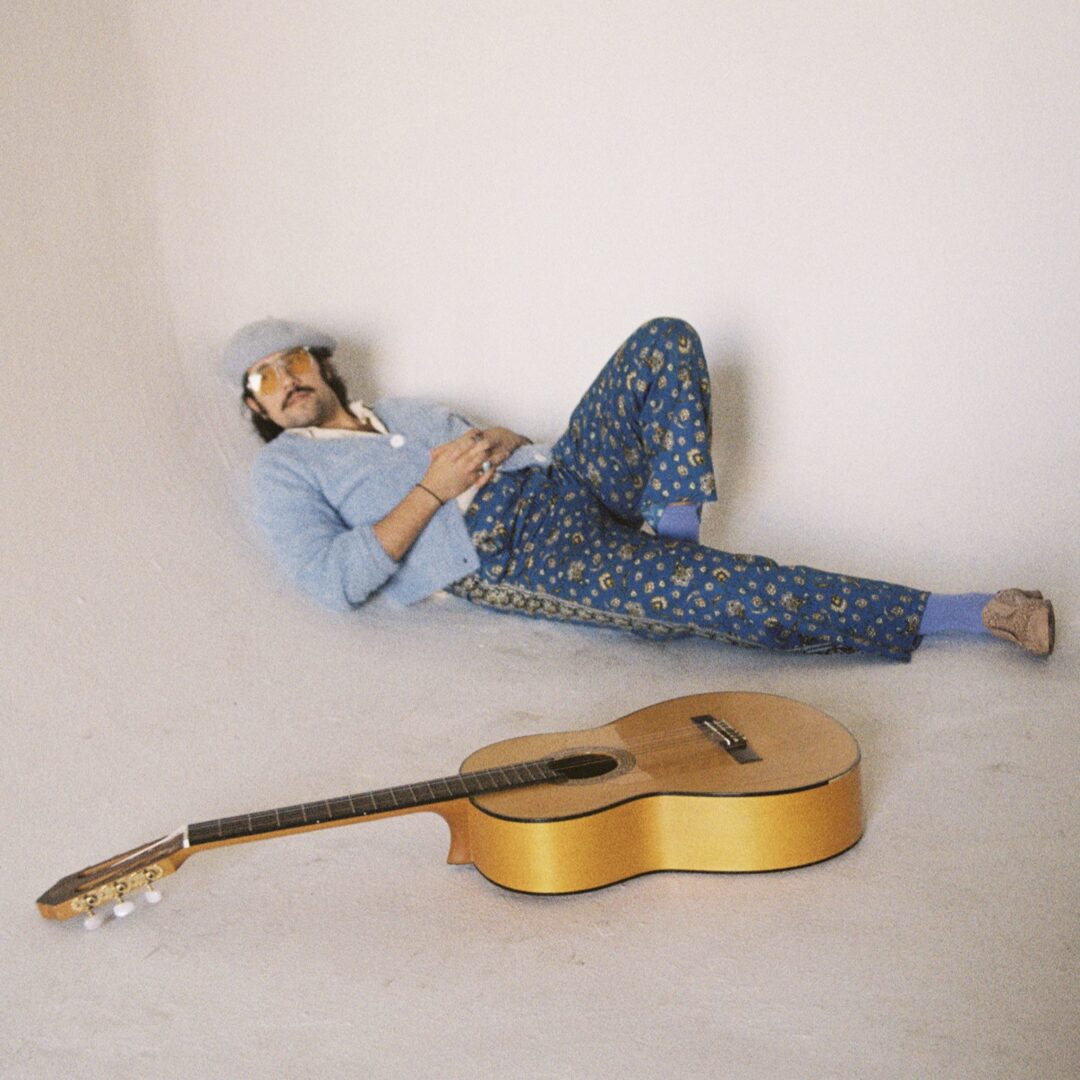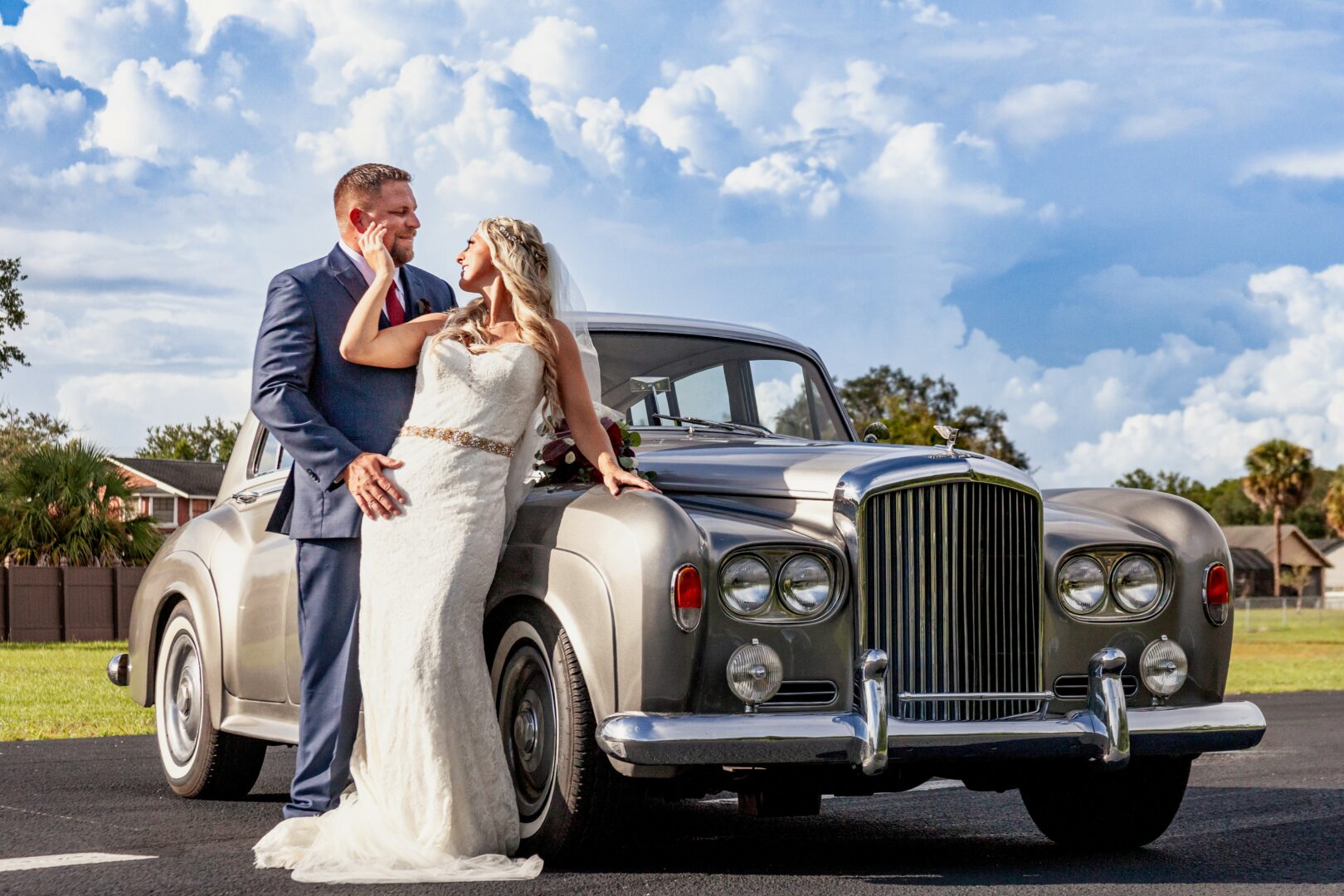We were lucky to catch up with Zai . recently and have shared our conversation below.
Hi Zai, really happy you were able to join us today and we’re looking forward to sharing your story and insights with our readers. Let’s start with the heart of it all – purpose. How did you find your purpose?
I believe I was given a second chance in life. Before I became an artist, I played collegiate football. It was my entire world for years, until my redshirt junior season. In the first two plays of a game, I made a tackle and immediately tore my labrum. At first, I thought it was just a bad stinger, but as the game went on, my arm grew weaker. Two weeks later, after losing feeling, I finally went to the doctor and got an MRI. The results confirmed a torn labrum, and I was advised to stop playing. For a 21-year-old athlete with no plan beyond sports, that was devastating.
But I kept playing, enduring excruciating pain every day. At one point, I was taking 1,200 milligrams of painkillers—Percocet, oxycodone, morphine—just to get through it. In the second-to-last game of the season, I hit someone on a crack block and completely lost mobility in my arm. My shoulder blade had shifted down to the middle of my tricep. My dreams of going pro were over, and I found myself stuck in my apartment with no plan.
On December 16, 2016, I underwent surgery to repair what had become a torn labrum, bicep, tricep, and trap. After the nine-hour operation, the surgeon told my mother my arm should have been amputated. I was lucky to walk out better than I came in.
The months that followed were a dark period. I was depressed, smoking weed all throughout the day, isolating myself from friends, and spending all my time playing video games instead of going to class. One night, around 3 a.m., I got a Snapchat notification from an old memory. It was a video of me meditating with my high school track coach before a 4×4 relay that would determine if our team qualified for the state championship.
That memory sparked something in me. I got out of bed and meditated for the first time in a long while. When I finished, I felt strange, almost like I was possessed. I found a pen and paper and wrote down a list of things that made me happy:
1. Telling stories
2. Evoking emotion
3. Food
At first glance, the list didn’t seem like much. But after a few days, the idea of picking up a camera and creating stories grew more intriguing. So, I sold my belongings and bought my first camera, a Canon Rebel T6i.

Appreciate the insights and wisdom. Before we dig deeper and ask you about the skills that matter and more, maybe you can tell our readers about yourself?
My name is Zai, and I’m a nomadic storyteller through photography and cinematography. I’ve always been a storyteller at heart, even as a kid. At one point, I dreamed of being a comedian, but during a 16-hour road trip, my family let me know I wasn’t quite as funny as I thought. That dream died pretty quickly. Instead, I turned to comic books like *Calvin and Hobbes*, *Bones*, *The Simpsons*, and *Garfield*, soaking in the emotions from frame to frame. Little did I know, those comics were preparing me for a future as a cinematographer and fine art photographer.
Since picking up a camera in 2017, I’ve been keenly aware of the lack of representation in the film industry—particularly for cinematographers. At times, it left me feeling hopeless when imagining a future where I’d win Best Picture, but it also fueled my desire to create imagery that speaks to me and to my people. What’s always bothered me is how Black culture is so often depicted through a lens of trauma, when we have stories that are just as beautiful and enriching as anyone else’s. With that in mind, I made it my mission to create representation for future generations.
This mission led to my lifelong project, *Black Boy Fly*. Inspired by Kendrick Lamar’s debut album *Good Kid, M.A.A.D City*, and the many Black and brown men, women, and children who never had the chance to live out their purpose, *Black Boy Fly* is my way of honoring those stories while living through my inner child. Too many of us become products of our environments or victims of circumstances beyond our control. In an odd way, I’ve been blessed to have moved all across the U.S. and Canada as a child, exposing me to a wide range of cultures, cuisines, personalities, economic backgrounds, and religions. It fueled my curiosity about the world and helped me realize what I wanted from this short game of life.
As I travel with my camera, always seeking that next photograph, I often think about the little boy who looks like me—full of wild dreams but without anyone to look up to for inspiration or validation. I want him to know that what he dreams about can become his reality.
This journey has led me to fund my own gallery exhibitions across the United States. Since 2022, I’ve showcased my work at my annual show in North Carolina, participated in a group exhibition in Los Angeles with Black in Mayberry & Esmoa, and featured in an online exhibition with *Shutter Hub*’s London branch. While traveling to places like London, Romania, Hong Kong, Japan, Chile, Peru, Mexico, and Canada, I’ve been working on various projects and expanding the footprint of *Black Boy Fly*, while also organizing shows in some of these countries.
Life should be a love letter to your inner child.

If you had to pick three qualities that are most important to develop, which three would you say matter most?
Looking back at my 7-year career, I can confidently say that three key lessons have shaped my skillset:
**1. Fail Forward**
I spent three months traveling the country with Kevin Hart and his team, serving as a camera operator for his show “Hart of it All” . From Los Angeles to Philadelphia, New York, Atlanta, Miami, and back again, each trip followed a similar pattern: Kevin would speak about financial literacy, work out with his trainer Boss Everline, special appearances at schools, and then head to the next city. One thing that stuck with me throughout was his philosophy of “failing forward”—failing with progression. He emphasized that not every attempt will be your best, but if you learn and improve from each experience, you’re still moving forward. It only becomes true failure when you stop learning or give up entirely. Failing forward quickly allows you to become who you’re meant to be, sooner.
**2. Do What You Can, With What You Have, Where You Are**
This wisdom came to me in the form of a fortune cookie while working with a chef in Seattle early in my career. At the time, I was young, with little experience or money to buy the equipment I dreamed of. That fortune became my daily reminder, tucked between my phone and its clear case, that I didn’t need the most expensive gear, the biggest city, or the largest budget to create what was in my heart. All I needed was the bare minimum, the willingness to try, and the curiosity to lead me to my next story.
**3. Be Human, See Human**
Anthony Bourdain, someone I deeply admire, once said while visiting Vietnam that failing to see others as human is what divides us. Regardless of our background, culture, income, opinions, or beliefs, we should treat each other with the same dignity. This mindset not only influences how I approach street photography but also why I gravitate toward black and white imagery. To truly see others, we must first be human ourselves.

As we end our chat, is there a book you can leave people with that’s been meaningful to you and your development?
I was once gifted a book by my previous employer, who essentially served as my film school. The book, *Start with Why* by Simon Sinek, introduces a concept called “the golden circle.” This method helps you understand *why* you do what you do, *how* you do it, and *what* you are creating or delivering.
I received this book at a pivotal moment in my career. I was just starting out as a freelance artist, and while I had already directed and shot a documentary that won Best Picture in Television News in 2021—which led to a cinematographer role with an independent film company—I still hadn’t fully grasped my “why.” I knew what I wanted to do (be a cinematographer) and had a general idea of how to achieve it (by constantly creating), but I hadn’t discovered my deeper purpose.
The book explains that most people and average companies operate just like I was—knowing *what* they’re creating and *how* they’re doing it, but lacking a clear *why*. Without a strong “why,” there’s no real purpose or longevity. As I read, I realized that my true purpose was to create representation for future generations—nothing more, nothing less. This eventually led me to explore *ikigai*, a Japanese philosophy that helps people understand their life’s purpose. It focuses on finding something you’re good at, that serves others, creates demand, brings you joy, and supports your lifestyle.
By combining the golden circle method with the philosophy of *ikigai*, I came to understand that I was exactly where I needed to be. This realization is why I feel like I haven’t “worked” a single day over the past seven years of my career.
Contact Info:
- Website: https://zaitoldme.com
- Instagram: zaitoldme




Image Credits
All rights are under Zaitoldme LLC
so if you or someone you know deserves recognition please let us know here.




